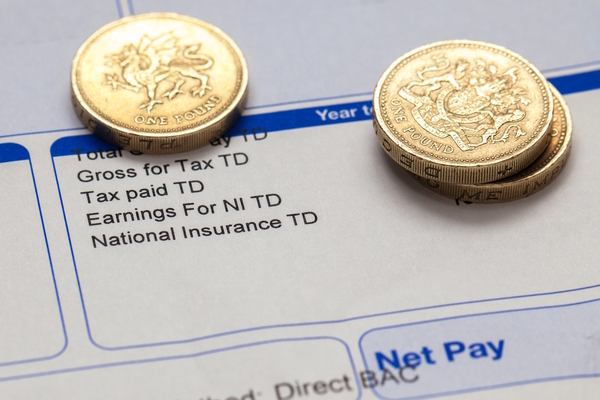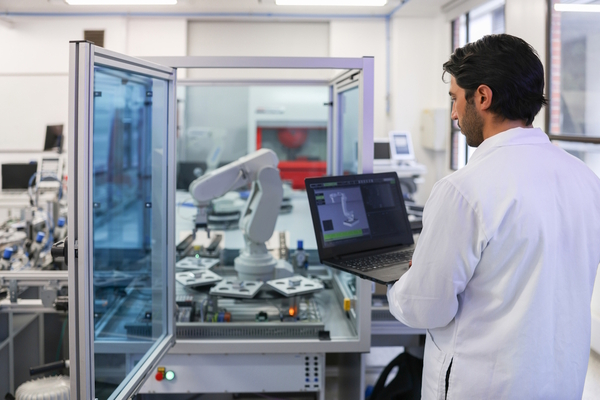The dos and don'ts in data rooms

One of the biggest pressures for startups is getting themselves in the best position for private equity data rooms. Nikki Petken at SA Law offers some dos and don’ts for startups and explains how to best prepare everything for these data rooms
Private equity deals can be a risky, yet crucial and extremely rewarding game-changing route for startups. Whether you are thinking of kicking this off soon, or as a longer-term plan, one key action can be to start preparing your data room.
A business that already has its documentation organised and lined up for an investor to investigate, will stand out from the crowd and increase the likelihood of securing funding.
The key to success is preparation, and we will look at some key tips in how having an early data room can make all the difference.
What are data rooms and how do they work?
A data room is a digital or physical storage space that companies use to store and share information about the business. Physical data rooms are now rare and virtual data rooms (VDR) are favoured as the most secure format.
If you are starting well in advance of any investment approach, then consider using google drive or drop box. Bespoke platforms will be the most secure format, and an investor will expect this to be used at investment stage. Many platform providers offer a free window of availability.
The VDR acts as a structure for collating the documents and information about your business in an organised and transparent way. It also plays a critical role in safeguarding commercially sensitive information and control the flow of documents to third parties. Through the VDR, the investor can secure access to large amounts of confidential information to undertake due diligence on the business.
Preparing an early data room
By commencing your VDR early, you can move faster through the due diligence process as the information will already be collected and organised. In the end, this means reaching that all important fundraising stage quicker.
It will help you to locate any areas of the business which may need just general housekeeping (employment contracts, customer contracts, property documents), or risks that you have time to mitigate.
How to prepare your data room
Due diligence
DO approach your VDR as if you are in the due diligence stage. Structure the files in your VDR with an index of documents that organises key information about your business, as follows:
- corporate structure and constitution
- key staff and employees
- material contracts (customers and suppliers)
- IT services
- real estate
- intellectual property licences and regulatory permissions
- financial and accounting information and details of any disputes
One of the common mistakes for businesses is to throw everything into VDRs! Ensure the information is still relevant and focused.
Fixing gaps
DO fix those gaps. Use the VDR as an opportunity to health check your business.
One example is your key customer contracts: are all your financials backed up with binding long-term contracts?
Collating this information early, gives you an opportunity to audit these contracts; are there any missing contracts, terms updated/strengthened or even re-negotiated. Pull out your top ten clients and check the life cycle of these contracts to see which may be coming up for renewal in the next six to twelve months, and then start the re-negotiations earlier.
Another example is policies. Often overlooked, but at investment these can suddenly become an area of scrutiny. A private equity investor will want to invest in a company that is able to demonstrate compliance and governance.
You should check that any in place are still relevant and compliant, whilst considering what policies might be missing. Information security, and data protection are always key areas.
Identify risks
DO use the VDR to identify any risks in your business and put in place clear actions to either remove or reduce the risk.
DON’T assume your investor will not be able to pick out these risks. Demonstrating transparency and a handle on these presents you as a credible investment for them to work with. Common themes can be information security, and/or breaches of commercially sensitive/confidential information. Do you have robust information security processes or restrictions in contracts in place to protect the business?
Keep it updated
DO treat your VRD as a live piece of work. These are not steps to be taken once and then forgotten. You should ensure this is an ongoing process up to the point of approaching any potential investor.
If you set up a VDR, ensure this is updated regularly so that the information contained is up to date and relevant and to save time. Allocating a resource to this will also ensure that it is kept on top of.
Confidentiality
DON’T share your data room without securing confidentiality agreements with third parties, which can include advisers, contractors and/or the investor. You can always control viewing rights for different parties that may have access to the VDR, including employees.
Standing out to investors
Hopefully, we have shown how an early VDR can make you stand out to an investor and move faster through the diligence process.
Regardless of how groundbreaking a businesses’ product or service might be, early VDR preparation can make your business stand out from the other potential targets, which can be priceless.
Nikki Petkenis a Partner in the Corporate and Commercial team at SA Law
Main image courtesy of iStockPhoto.com and gremlin

Business Reporter Team
Most Viewed
Winston House, 3rd Floor, Units 306-309, 2-4 Dollis Park, London, N3 1HF
23-29 Hendon Lane, London, N3 1RT
020 8349 4363
© 2024, Lyonsdown Limited. Business Reporter® is a registered trademark of Lyonsdown Ltd. VAT registration number: 830519543





